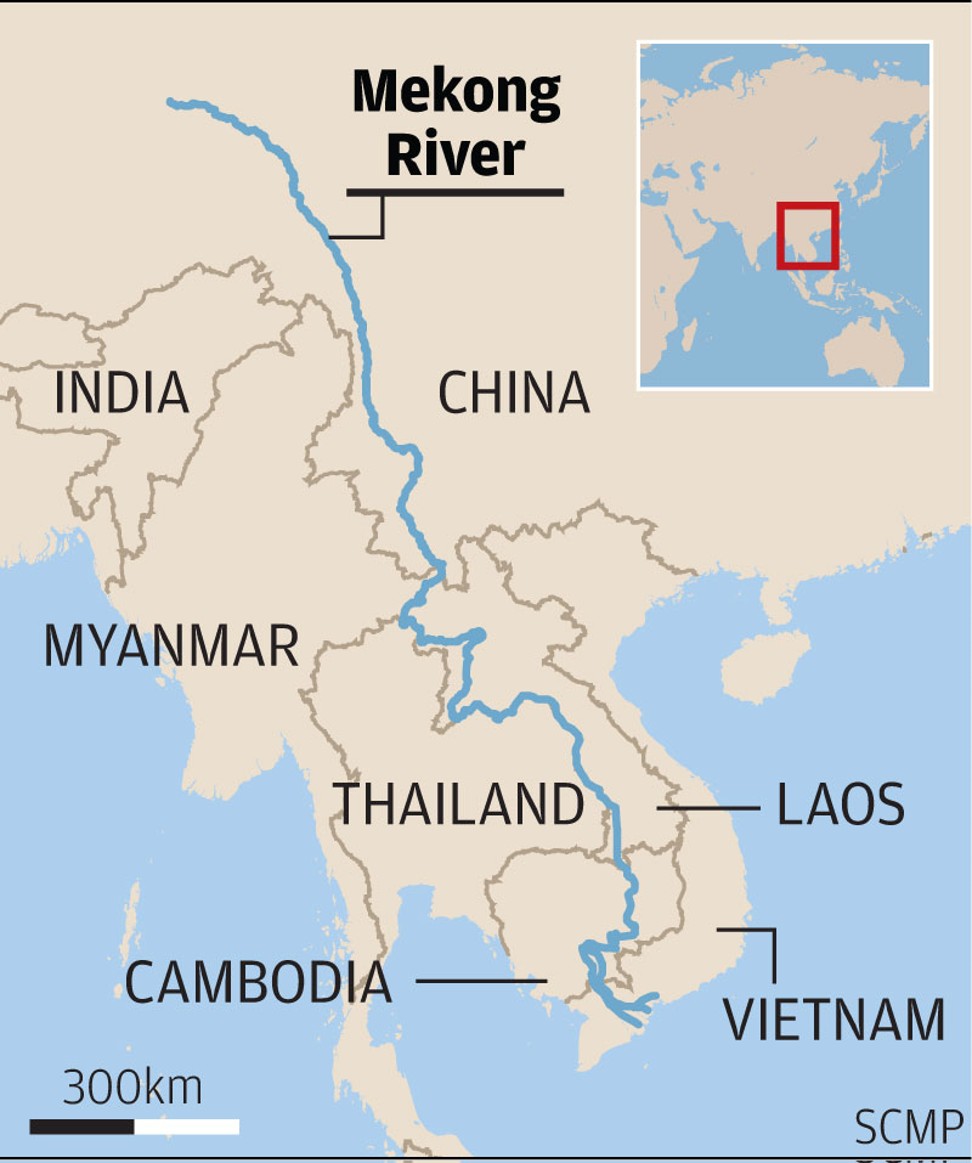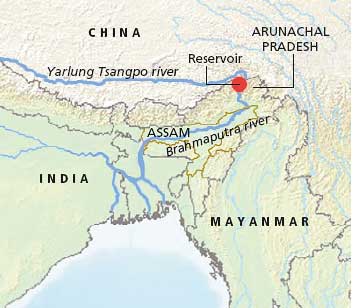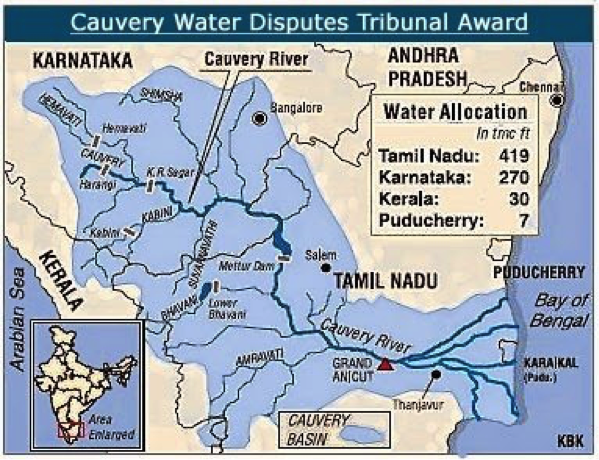7667766266
enquiry@shankarias.in
Mekong River

Report on Chinese Dams
Yarlung Tsangpo

Kerala Ordinance for Salary Deferement
Ordinance making power of President and Governor
Carvery River

Briefing of Cauvery Water Dispute
Cauvery Management Board (CMB)
Cauvery Water Regulation Committee
Cauvery Water Management Authority (CWMA)
Central Water Commission
United States Trade Representative (USTR)
Findings of Annual Special 301 Report
SC verdict on NEET
Source: The Hindu